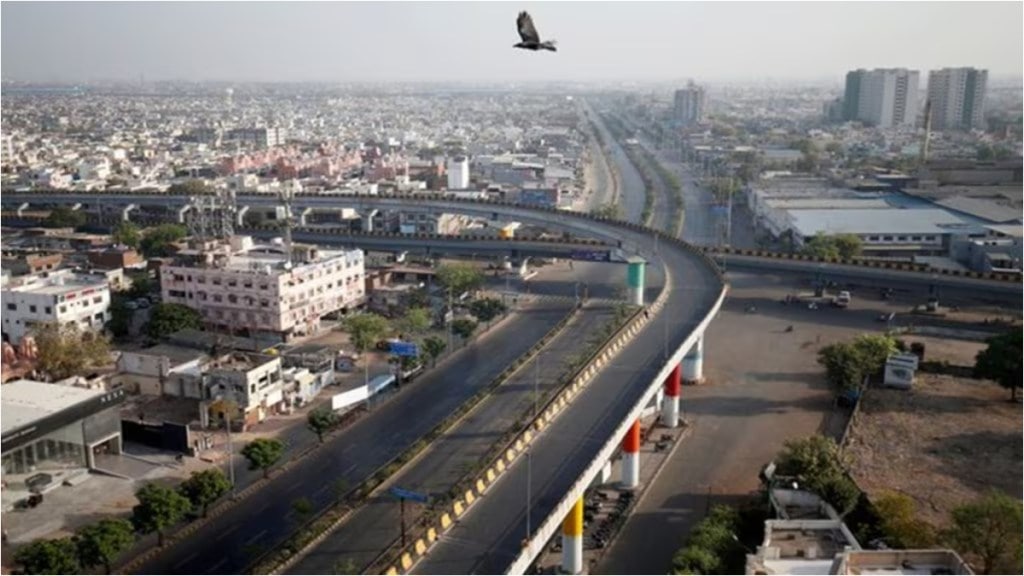Economic Survey 2024-25, was presented in the Parliament on Friday. It highlighted India’s development goals that need quite a significant investment in infrastructure over the next ten years. While there are various estimates on the exact amount needed, there is general agreement that current spending on infrastructure must increase to meet these goals. With this in mind, the government has placed a strong focus on infrastructure over the past five years. As a result, capital spending by the central government on major infrastructure sectors has grown at an average rate of 38.8% from FY20 to FY24.
Economic Survey shows uptick in Capex
After the electoral process concluded, capital expenditure saw a notable rise between July and November 2024. This upward trend, especially in infrastructure sectors, is anticipated to maintain momentum throughout the rest of the current fiscal year. On average, ministries overseeing infrastructure projects used 60% of their allocated capital expenditure during the April-November 2024 period. This represents a substantial improvement when compared to the same months in FY20, which coincided with the 17th Lok Sabha elections.
Economic Survey on Indian Roadways
India’s total road network spans 63.4 lakh kilometers, with the National Highway (NH) network covering 146,195 kilometers. The Survey says that while the NH network constitutes just 2% of the total road network, it is critical to the country’s transport system, carrying about 40% of the nation’s road freight traffic. This highlights the importance of the NH network in facilitating efficient transportation and trade.
National Industrial Corridor Development Programme
The National Industrial Corridor Development Programme aims to establish advanced industrial cities across India, positioning them as key manufacturing and investment hubs. Phase 1 of the program has allocated 383 plots, covering 3,788 acres, for industrial development in sectors like electronics, renewables, automobiles, pharmaceuticals, textiles, and more.
This initiative spans four key cities: Dholera in Gujarat, Shendra Bidkin in Maharashtra, Greater Noida in Uttar Pradesh, and Vikram Udyogpuri in Madhya Pradesh. Additionally, work has begun in cities like Tumakuru (Karnataka), Krishnapatnam (Andhra Pradesh), Nangal Choudhary (Haryana), and Dadri (Uttar Pradesh). Furthermore, 12 new industrial cities have been approved for development, incorporating Industry 4.0 standards, adding to the eight previously approved projects.
National Highway Development
The approach to national highway development has evolved significantly, moving from a project-based approach to a corridor-based one. This shift has led to a substantial increase in the highway network, from 91,287 kilometers in 2014 to 146,000 kilometers in 2024.
Bharatmala Pariyojana
A key initiative in this transformation is the Bharatmala Pariyojana, launched in 2017, which aims to develop 34,800 kilometers of national highways. By 2024, 76% of these projects (26,425 kilometers) were awarded, and 18,926 kilometers have been completed.
Char Dham Mahamarg Pariyojana
The Char Dham Mahamarg Pariyojna, aiming to connect four sacred temples, has seen 620 kilometers completed out of the planned 825 kilometers. Additionally, National High-Speed Corridors (HSCs) have expanded from 93 kilometers in 2014 to 2,474 kilometers in 2024.
